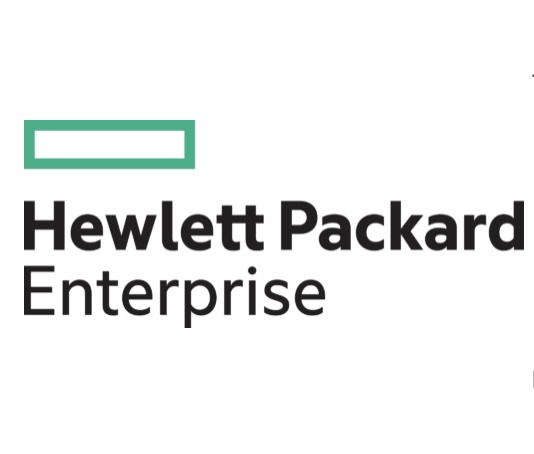Hewlett-Packard Enterprise (HPE) this week added a cellular bridge to its wireless networking portfolio that enables organizations to ensure that connectivity is maintained should broadband or fiber optic links become unavailable.
In addition, HPE has added an 18-port switch that has low power and cooling requirements.
Announced at the National Retail Federation (NRF) 2025 conference, the HPE Aruba Networking 100 Series Cellular Bridge is specifically designed for environments where mission- critical applications that process, for example, credit cards, are always available, said Gayle Levin, head of product marketing for wireless for the Aruba division of HPE.
The HPE Aruba Networking CX 8325H switch, meanwhile, is ideally suited for kiosks and pop-up stores where the size of the switch being used is a factor, she added. “Many of those applications are connected to a private 5G network,” said Levin

In general, HPE views retail environments as an opportunity to provide networking infrastructure that connects to, for example, to an HPE ProLiant DL145 Gen11 server, that is optimized to run applications at the network edge, Levin said.
In addition, HPE also provides access to a cloud service that uses machine learning algorithms to track customer experience and automatically adjust settings to improve it whenever an issue is detected. That Networking Central AI Insights service is also able to detect anomalies in uploads and downloads that may be indicative of a cybersecurity breach.
HPE is also expanding its HPE Aruba Networking Central IoT Operations dashboard, which allows retailers to take advantage of pre-built, third-party applications from HPE partners.
Retail, of course, is not the only industry vertical that has become increasingly dependent on wireless networks to deploy edge computing applications. Depending on the cost and reliability of the connection, most organizations are using a mix of broadband, fiber optic and wireless options. The challenge is finding a way to integrate networking services to ensure that connectivity is always maintained.
Less clear is exactly who within IT teams is managing networking at the edge. Most larger organizations still have networking specialists, but in some cases, operational technology (OT) teams may be managing the entire edge computing environment.
Regardless of the approach, one thing that is certain is that the pace at which more applications are being deployed at the edge only continues to increase. The more latency sensitive an application is, the more likely it is to be deployed closer to the point where data is being created and consumed.
Ultimately, each organization will need to integrate applications running at the network edge with applications running either in the cloud or in an on-premises data center. The challenge, as always, is finding the IT professionals that have skills and expertise needed to build and maintain those networks. Fortunately, as the management of networking becomes more automated, the level of expertise needed will continue to decline to the point where the average IT administrator can one day soon take over more responsibility for providing networking services.
For more latest information on networking, be sure to catch the upcoming Networking Field Day event happening at Silicon Valley in March.

